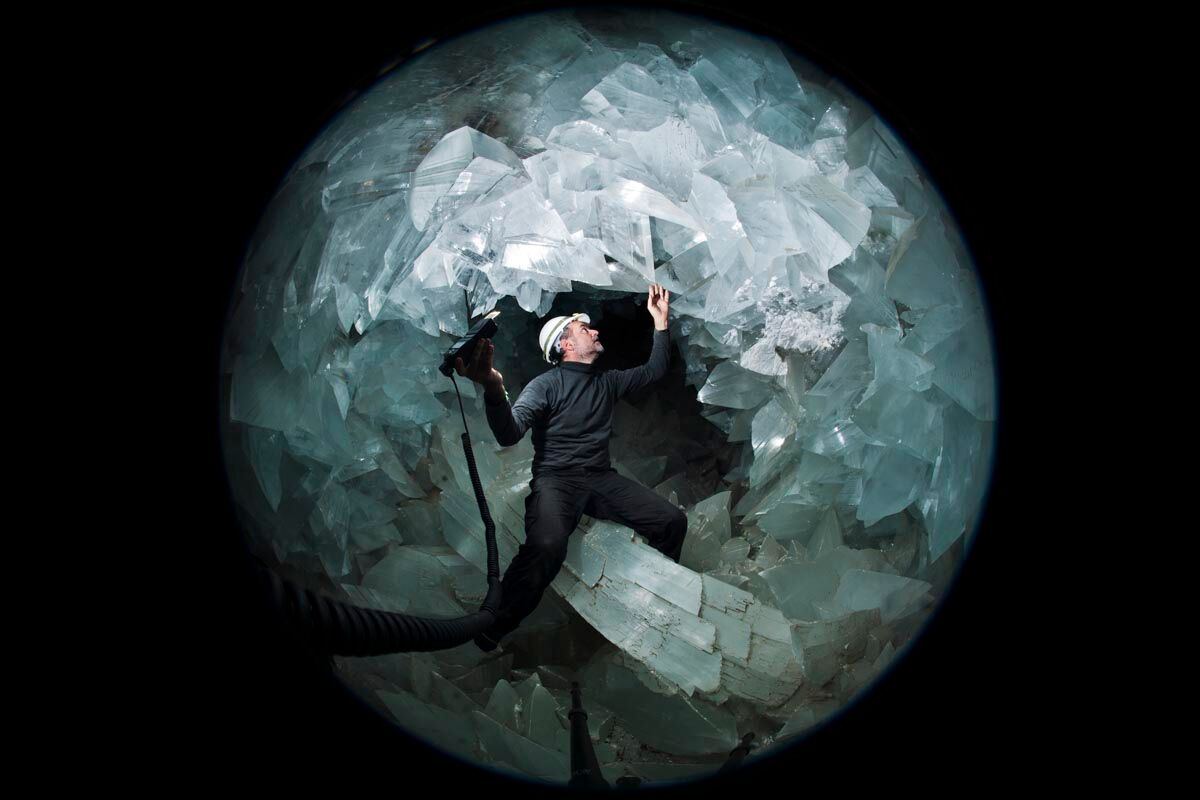When you purchase through links on our website , we may earn an affiliate committal . Here ’s how it works .
Scientists have determined that at least 235 coinage live in both gelid seas despite the 8,000 miles ( 13,000 kilometre ) between the ends of the Earth .
How some of the tool lift up at thetop and bottom of the planetis a mystery . space and habitat divisions — such as warm water supply between the two regions — are among the things that can separate animate being and lead to new species . A DNA depth psychology is underway to sustain if the like species are in fact identical , the researcher announced today .

Chionodraco hamatus, an Antarctic ice fish, can withstand temperatures that freeze the blood of all other fish types. This finger-lengthed juvenile was photographed in 2008.
The researchers also found evidence that cold water specie are be active toward the poles to escape rising ocean temperatures . The project has also returned dramatic photos of specie as wide - ranging as ice - loving sand fleas and an antifreeze Antarctic fish that can withstand temperature that would freeze other fish .
Among the animate being that call both polar seas home are marathon migrator such as grey giant and birds . But the researchers , work on the ongoingCensus of Marine Life , also found bipolar worms , crustacean , and angelic escargot - like pteropods .
" The polar seas , far from being biologic deserts , pullulate with an astonishing quantity and variety of living , " aver Ian Poiner , chair of the Census Scientific Steering Committee for the project .

life scientist from several country have for the past two eld worked on the census , at times weather 48 - foot ( 16 - beat ) waves and cold atmospheric condition .
" Only through the cooperation of 500 people from more than 25 nation could the intimidating environmental challenges be subdue to produce research of such unprecedented scale and importance , " Poiner say . " And humanity is only starting to understand the nature of these realm . "
The squad estimates there are 7,500 animals in the Antarctic and 5,500 in the Arctic , and the total number of marine life species have a go at it globally is about 250,000 . That number may eventually rise to about a million , scientist say . In general , other scientist have said they do not know how many species exist on Earth . The National Science Foundation gauge there could be anywhere from 5 million to 100 millionspecies of life on the planet , but science has only identified about 2 million .

One result of the ocean - animation census : Researchers are get to understand how the pivotal seas work as incubators for life-time that sometimes ventures away from the terminal as ocean temperature rise and fall over the eons . Last year they discovered that several devilfish types have repeatedly colonized the deep ocean , each migration concur with retreating Antarctic methamphetamine over 30 million year .
The scientist now theorize that the Antarctic regularly refreshen the world ’s oceans with many Modern puppet , admit unlike varieties of ocean wanderer , isopod ( crustaceans connect to shrimp and crab ) , and more . They believe the new species develop when expansion of deoxyephedrine religious residence around the south polar realm ; when the ice retreat , creatures radiate northward along the same pathways follow by the octopuses .
Meanwhile , the census finds smaller marine species are replace orotund single in some Arctic waters . The reasons are unclear but the implications for the Arctic food WWW may be profound , the scientist said .















